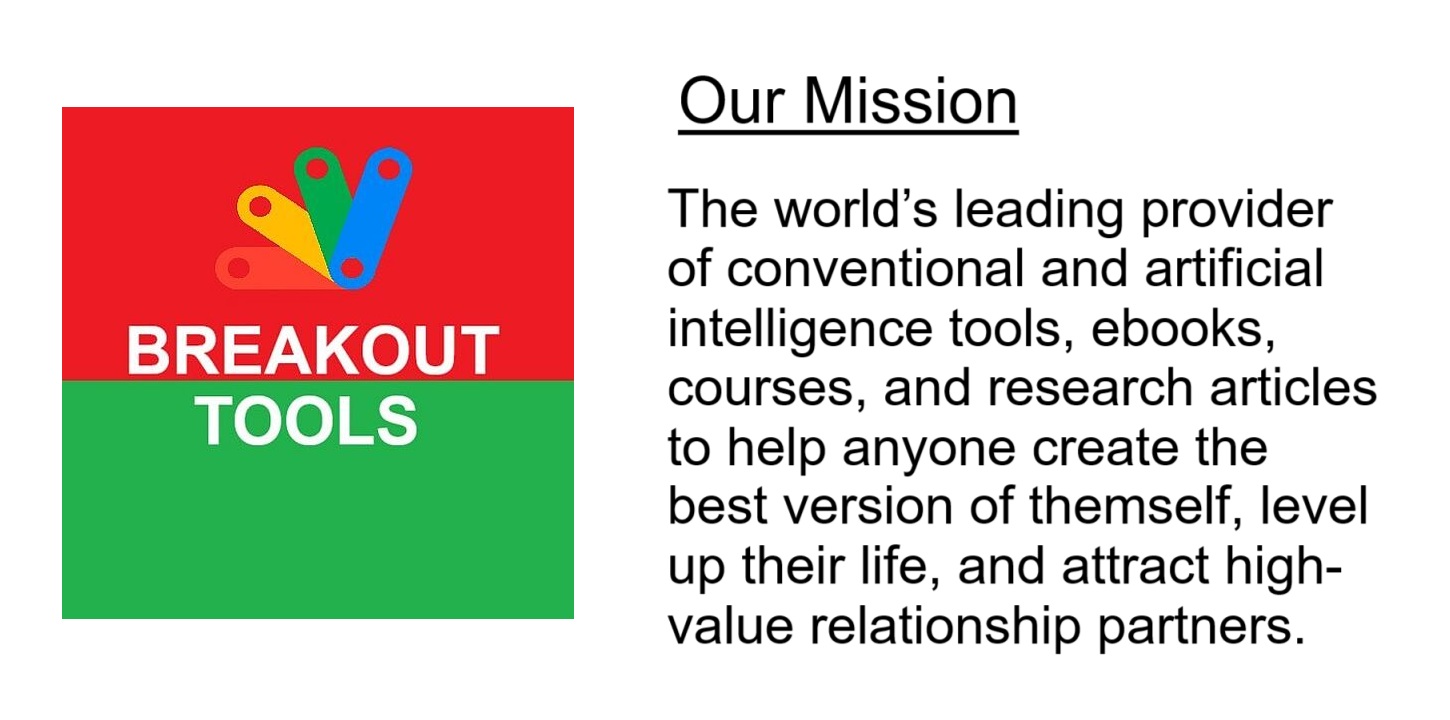As mental health challenges among adolescents reach unprecedented levels, a recent study sheds light on the unique barriers faced by Black and Latino teens in accessing care for anxiety and depression. Conducted in Milwaukee, Wisconsin, the qualitative research delves into the systemic obstacles and cultural nuances that hinder effective mental health support for these communities.
The Growing Mental Health Crisis Among Teens
Between 2016 and 2020, the prevalence of anxiety among children increased from 7.1% to 9.2%, while depression rose from 3.1% to 4.0%. Among teens aged 12 to 17, approximately one in five reported symptoms of anxiety, and one in six reported symptoms of depression during a two-week period between 2021 and 2022. The COVID-19 pandemic exacerbated these issues, introducing factors such as social isolation and increased exposure to neighborhood violence, particularly affecting non-White children. Additionally, experiences of racial or ethnic discrimination among children rose by 16% from 2019 to 2020.
Unpacking the Barriers to Care
The study identified six key themes influencing access to mental health care for Black and Latino teens:
- Impact of the COVID-19 Pandemic: The pandemic intensified mental health challenges due to increased isolation and exposure to community violence.
- First Points of Contact: Teens often first discuss mental health concerns with family members, teachers, or community leaders, highlighting the importance of these figures in early intervention.
- Preferences for Mental Health Professional Characteristics: There is a strong preference for providers who share cultural backgrounds or possess cultural competence, emphasizing the need for diversity in the mental health workforce.
- Adequate Care: Effective treatment is characterized by being culturally appropriate, trauma-informed, and family-centered, ensuring that care resonates with the teens’ lived experiences.
- Community Awareness: A lack of awareness about mental health issues and available resources within communities hinders timely access to care.
- Availability of Services: Limited availability of mental health services, including long wait times and insufficient provider networks, poses significant challenges.
The Role of Community in Bridging the Gap
Community engagement emerges as a pivotal factor in addressing these barriers. By leveraging trusted community figures and organizations, mental health initiatives can be more effectively tailored and disseminated. Educational campaigns aimed at destigmatizing mental health and increasing awareness of available resources are essential.
Policy Recommendations for Equitable Access
To improve access to mental health care for Black and Latino teens, the study suggests:
- Enhancing Cultural Competence: Training providers in cultural sensitivity and hiring diverse staff can build trust and improve treatment outcomes.
- Expanding Community-Based Services: Investing in local clinics and school-based mental health programs can reduce logistical barriers to care.
- Implementing Policy Reforms: Policies that address systemic inequities, such as expanding insurance coverage and funding for mental health services in underserved areas, are crucial.
Looking Ahead: A Call to Action
The findings underscore the urgent need for a multifaceted approach to mental health care that considers cultural, systemic, and community factors. By centering the voices and experiences of Black and Latino teens, stakeholders can develop more effective, inclusive strategies to combat the mental health crisis.
For more information on the study and its implications, visit Springer Link.









